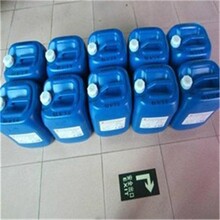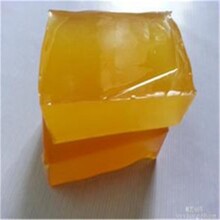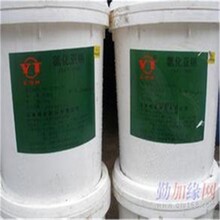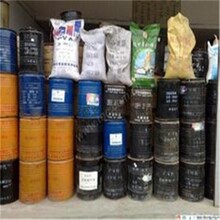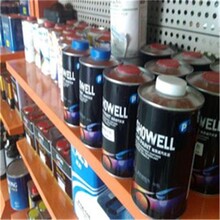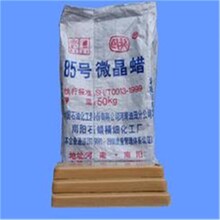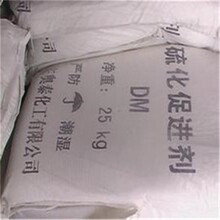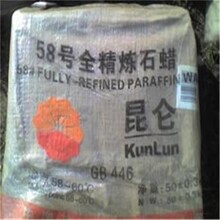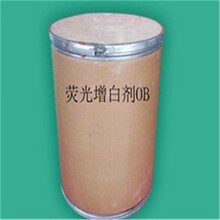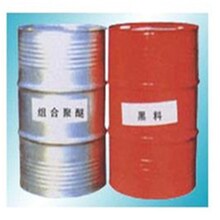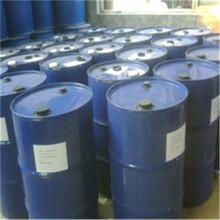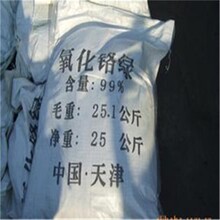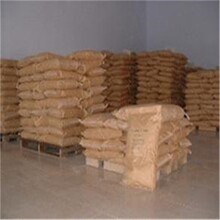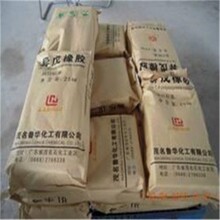”Yao Yongkuan, the co president, said that after the launch of coke futures in 2011, its price discovery function played a positive role in guiding spot purchase, changing the previous environment of coal coke pricing lacking reference and opaque pricing. The company began to explore the procurement mode of the current linkage. With the gradual maturity of the derivatives operation of Nanjing Iron and Steel Group, it is one of the main varieties of furnace charge end hedging.
He said that at present, Nanjing Iron and Steel Group mainly uses coke futures to buy hedging on the cost side of lock price orders for forward delivery, so as to lock in processing profits. This model has become a normal hedging for Nanjing Iron and Steel Co., Ltd. to purchase coke, and a hedging process is initiated for qualified lock price orders. The hedging result is basically positive, managing price risk, improving customer stickiness and shaping enterprise competitiveness.
After 10 years of operation of futures instruments, Nanjing Iron and Steel Co., Ltd. has deeply realized the far-reaching significance of coke futures for the development of the industry. Yang Qing, General Manager of Galaxy Futures, told the reporter that for steel plants, the hedging of coke is more from the perspective of reducing procurement costs and coke inventory management. Especially after 2016, the spot price of coke was low and the price continued to rise. Some steel mills reduced the spot purchase price through panel purchase and achieved good hedging effect.
For example, when the price of raw materials rises, steel mills can buy coke hedging and make virtual inventory of coke through the futures market. When the coke rises to a high level, the futures price also rises. At this time, the steel plant can use hedging to make up for the loss caused by the rising coke purchase price. What the reporter deeply felt during the interview is that for the coal coke steel industry chain, as the traditional processing enterprises have a relatively fixed mode of procurement, processing and sales, they can obtain the average profit level of the industry as long as they operate normally in the past.
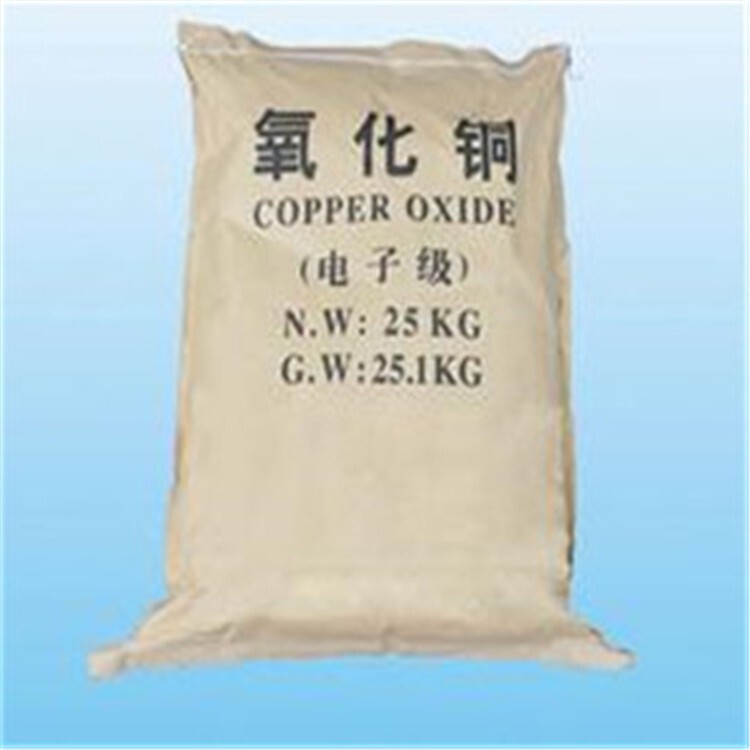
However, in recent years, after the baptism of big storms and waves in the market, the industry's profitability has fluctuated dramatically. Some steel and coking enterprises are on the edge of meager profits or even losses, and price fluctuations have had an impact on the survival of enterprises. Under this situation, using the futures market for hedging, with the goal of stable operation and hedging risks, industrial enterprises can no longer hesitate to swing, Instead, we should face up to the futures function and actively participate in the futures market to deal with risks.
"It is not easy for operators of coke enterprises to face up to and gradually participate in the use of futures to manage price risks, from the initial stage when we did not understand and dared not participate in futures." The relevant person in charge said that by participating in the futures market, we changed our business thinking, established our own futures team, took the initiative to understand the supply and demand situation of the industry, and refined the data, A rigorous price trend analysis system and futures hedging business system have been gradually formed.

Guangzhou Liben Rubber Raw Material Trading Co., Ltd. is a petroleum resin manufacturer. The equipment and technology adopted have been committed to the research, development, production and sales of petroleum resin for a long time. Our production capacity is 43200MT/year. In China's resin industry, the production capacity of residential enterprises is the second largest among Chinese enterprises. Our company was established in 2004 to produce and export petroleum resin. Our annual production of C9 petroleum resin exceeds 16000 tons, C5 petroleum resin exceeds 11000 tons, and C5/C9 copolymer petroleum resin exceeds 9000 tons.
Our products include C9 aromatic petroleum resin and C5 aliphatic hydrocarbon petroleum resin. Our resin products have also been exported nationwide, with 60% of our products exported to Southeast Asia, Europe, North America, Hong Kong and other countries and regions. All our products have passed the ISO9001: 2000 quality certification.
Here, we sincerely hope to establish a long-term supply and marketing relationship with you. If you are interested, please contact us.
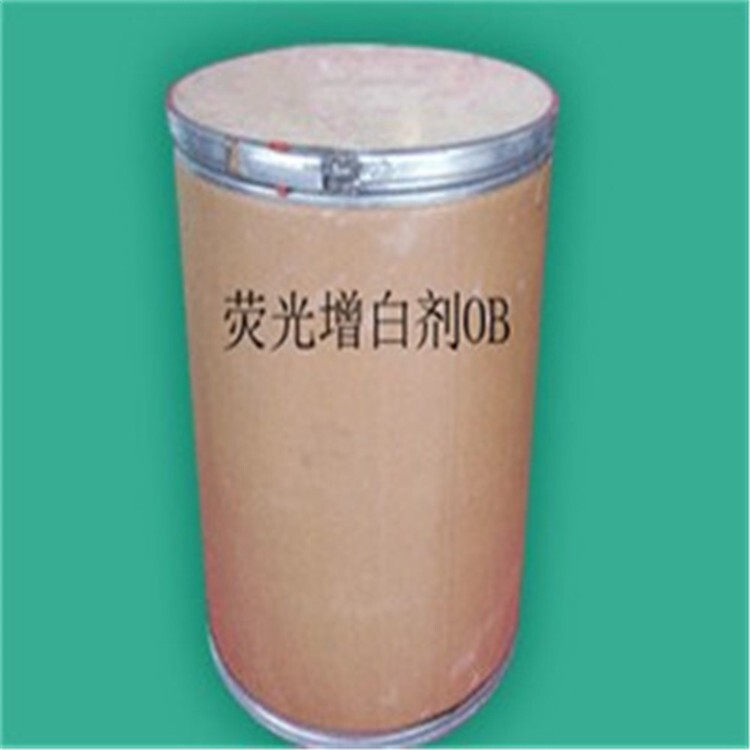
Dark C9 petroleum resin has good solubility, mutual solubility, insulation, chemical stability to acid and alkali, good adhesion and low thermal conductivity.
Light color C9 petroleum resin is a new type of petroleum resin developed by us in recent years. Compared with C9 resin in the same industry in China, it has the following advantages: light color, good miscibility, low acid value, large molecular weight, good oxygen resistance, high viscosity, good thermal stability, etc. Compared with foreign hydrogenated petroleum resin, it has low price and can replace part of the use, which effectively reduces production costs for manufacturers
Application fields of petroleum resin:
1. Paint and ink resin: C9 products have excellent compatibility with natural rubber and synthetic rubber, and have comprehensive properties such as tackifying, softening and reinforcing, which can improve the tensile strength, elongation and tear resistance of rubber. It is an ideal auxiliary for tire manufacturing and rubber processing.
2. Coating: The application of this product in coating can improve the brightness, adhesion, water resistance and weather resistance of the paint film, and improve the dryness of the paint film with disperse pigments. It is an ideal resin for manufacturing coatings (especially road marking paint).
3. Adhesive: The product has good compatibility with polymer matrix, and has excellent bonding performance, stability, good heat resistance, and small change with time and temperature. It is widely used in pressure sensitive adhesive, hot-melt adhesive and water-based adhesive, and is an ideal substitute for polyterpene resin, hydrogenated glyceride, and terpene phenol resin.
4. This product is also used in printing ink, paper sizing agent, sealant and other fields, and has a very broad application prospect.

In recent years, C9 petroleum resin has been widely used in paint, coating, adhesive and other industries, but the directly synthesized C9 petroleum resin has the disadvantage of poor color, which is difficult to meet the industrial use requirements. Catalytic hydrogenation is the main means of C9 petroleum resin modification at present. Hydrotalcite has become a molecular composite material with supramolecular structure due to its layered double hydroxides (LDHs) structure. In recent years, research on catalysts with hydrotalcite like structure has attracted much attention. This paper focuses on the preparation of nickel based catalyst with layered structure of hydrotalcite by coprecipitation and in-situ crystallization and its application in the catalytic hydrogenation modification of C9 petroleum resin. The effects of preparation and application conditions on the performance of C9 petroleum resin hydrogenation catalyst were systematically investigated by combining experimental evaluation with XRD, TPR, BET, SEM and other characterization methods. The experimental results of NiO/Al LDO catalyst prepared by coprecipitation method based on L_9 (3~4) orthogonal experimental design show that the significant factor affecting the preparation performance of the catalyst is the type of precipitant. The preparation conditions of the catalyst obtained are: ammonia as precipitant, the molar ratio of reactant to nickel salt is 3:1, the reaction temperature is 70 ℃
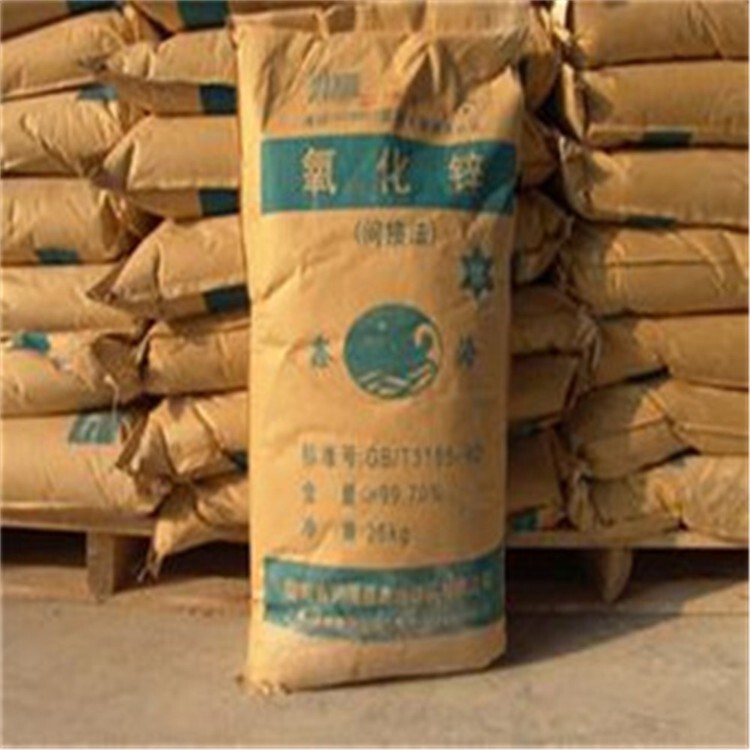
The application of C9 resin in printing ink. In ink, petroleum resin is mainly used as a binder. Petroleum resin has good compatibility with many components in the ink, and for various printing inks, there are corresponding petroleum resins to meet the requirements of various indicators such as wetting speed, drying speed, solvent release, water resistance and alkali resistance. When petroleum resin is processed into ink, it can maintain the stable dispersion of pigment for a long time.
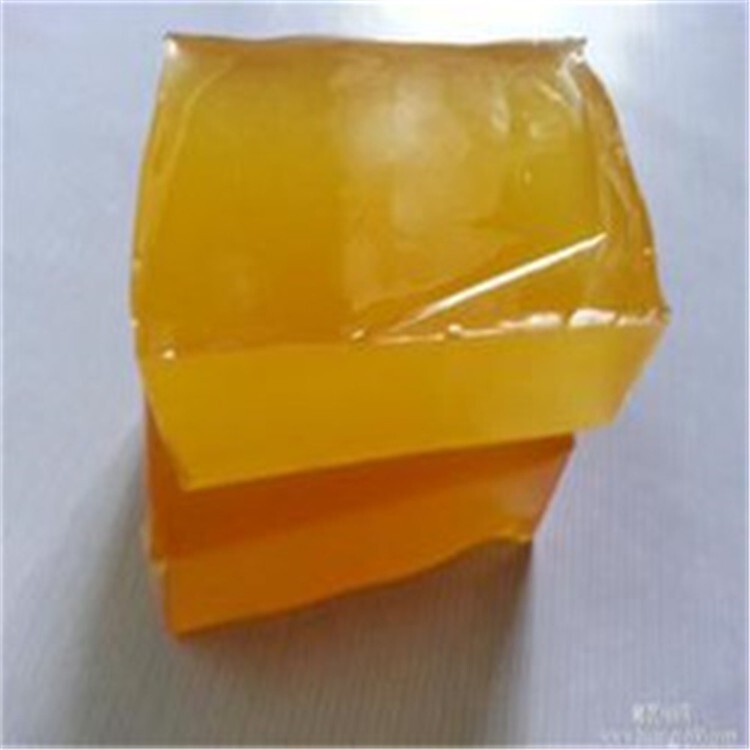
C5 hydrogenated petroleum resin is the C5 fraction of ethylene cracking as raw material, which is formed by the cationic polymerization of diene and monoene in C5 component. The products produced after pretreatment, polymerization, hydrogenation, refining and other processes are white or light, with a density of about 1.0, easy to dissolve in, such as benzene,, and various types of solvent oils, but insoluble in water. The appearance is granular solid, white or, fragile, easy to generate dust, tasteless, non flammable and explosive. It is a good choice for highly transparent materials. C5 hydrogenated petroleum resin has good tackifier, compatibility, thermal stability and light stability, and can improve the bonding performance of adhesives. It can better solve the smell, chroma, stability and other problems of petroleum resin. It is the tackifier component of many adhesives, greatly expanding the application field of petroleum resin. This product is a viscosity increasing component of hot melt adhesive, pressure sensitive adhesive, hot melt adhesive stick, hot melt adhesive particle, hot melt adhesive powder, solvent based pressure sensitive adhesive, hot melt road marking paint, hot melt marking paint and other products, which can replace the two series of terpene resin and rosin resin. It is widely used in thermosol, pressure-sensitive adhesive, structure and decoration of construction industry, automobile assembly, tires, commodity packaging, book binding, sanitary products (sanitary napkins, baby diapers, etc.), shoemaking, hot-melt road marking paint, color asphalt and other industries, as well as in geological exploration, drilling, rubber, plastic, textile, printing, optical recording materials and other fields.

The main products are: rubber raw materials, pvc resin powder, rubber powder, rubber additives, rubber tackifier, rubber accelerator M, rubber accelerator DM, Gumarone resin, C5 petroleum resin, C9 petroleum resin, light color petroleum resin, hot melt adhesive petroleum resin, road marking coating resin, paint and ink resin and other series of products.
The purpose of Pule team is to follow the principles of environmental protection, safety, cleanliness and foundation, take quality as the life, service as the soul, and integrity as the essence: to sincerely create brilliance with customers in relevant fields.
C5 resin is obtained by cationic polymerization of C5 fraction decomposed from naphtha. Its components include isoprene, 1,3-dipentene, methyl, pentene, cyclopentadiene, pentane, cyclopentane, etc. Other monomers can also be added for copolymerization. C9 resin is C9 fraction decomposed from naphtha, including indene, vinyl, styrene, methyl styrene, DCPD and other components. C5 and C9 components can also be adjusted for copolymerization as needed to obtain C5/C9 copolymer resin. If DCPD decomposed from naphtha is rectified and purified, then DCPD resin can be obtained through thermal polymerization or cationic polymerization.
Rubber: petroleum resin can be used as rubber additive to replace traditional Gumarone resin, which can increase viscosity, improve mixing and extrusion performance. The petroleum resin with low softening point can be used as a rubber plasticizer, and the one with high softening point can be used as a reinforcing agent. Light petroleum resin is suitable for colored rubber, and dark resin is suitable for black rubber.
Petroleum resin is a thermoplastic resin prepared by heating polymerization with C5 to C9 fractions as raw materials, sulfuric acid, anhydrous aluminum, etc. as catalysts. It has the advantages of good light resistance, excellent electrical insulation, good solubility, good compatibility with natural resins, synthetic resins, plasticizers, etc Ink has a wide range of applications. At present, petroleum resin can be divided into C5 aliphatic petroleum resin, C9 aromatic petroleum resin, dicyclopentadiene (DCPD) petroleum resin and hydrogenated petroleum resin.
DF-A54 petroleum resin is a new product of our company. It is produced with C5 fraction and C9 fraction in a certain proportion, and has the advantages of C5 petroleum resin and C9 petroleum resin. Application field: DF-A54 petroleum resin is used in the field of hot melt adhesive, adhesive, adhesive, rubber and tire. By adding copolymerized petroleum resin, not only the adhesion between rubber particles can be improved, but also the adhesion between rubber particles and cord can be improved. It is suitable for rubber products such as radial tire. In the field of hot melt adhesives, adhesives and adhesives, DF-A54 petroleum resin copolymerized petroleum resin can not only provide better initial viscosity, but also can be used to adjust the viscosity durability and bonding strength of the adhesive and resin mixture, just like the resin.
DF-A54 petroleum resin, adding petroleum resin into the paint can increase the paint degree, improve the adhesion, hardness, acid resistance and alkali resistance of the paint film.
Edit the action mechanism of tackifying resin
● It helps to evenly distribute the filling materials. Petroleum resin is a thermoplastic resin made from C5 to C9 fractions, a by-product of petroleum cracking, as raw materials, and sulfuric acid, anhydrous aluminum, etc. as catalysts through heating polymerization. It has good light resistance, excellent electrical insulation, good solubility, and good compatibility with natural resins, synthetic resins, plasticizers, etc Rubber tackifier, adhesive tape and ink are widely used. At present, petroleum resin can be divided into C5 aliphatic petroleum resin, C9 aromatic petroleum resin, dicyclopentadiene (DCPD) petroleum resin and hydrogenated petroleum resin.
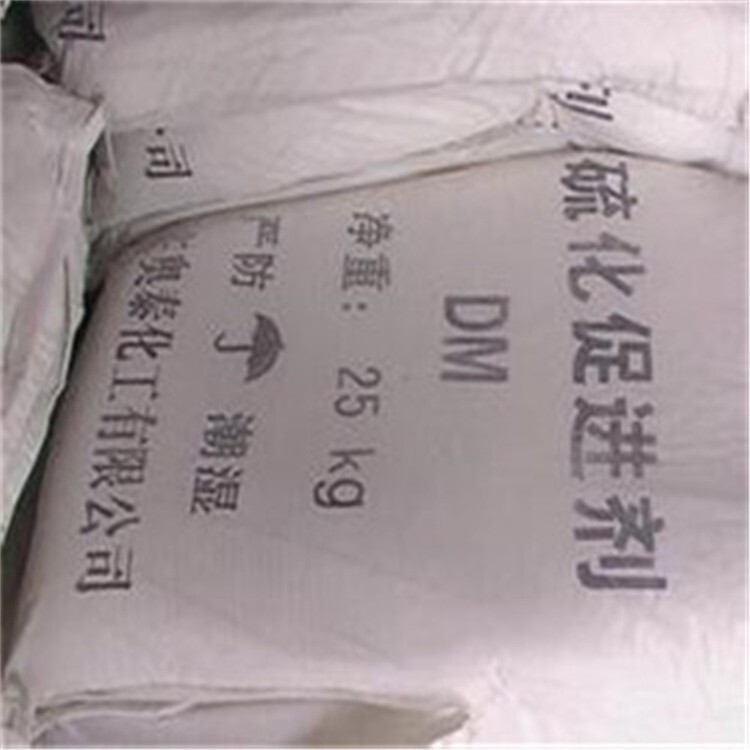
Production of various rubber tackifiers! This rubber tackifier is specially produced for tire manufacturers. It is used in the production of various tires
In production, octyl phenolic resin, resin, etc. are added to form a composite rubber tackifying resin through modification reaction, which integrates the location of various resins. It has good fluidity in the rubber compound, increases the adhesion performance of unvulcanized rubber, has little impact on the physical and mechanical properties of the rubber compound, and is conducive to the dispersion of carbon black, especially improves the gas retention performance of the tire. The rubber tackifier is mainly used for butyl inner tube, radial tire, truck tire and bias tire, and can replace other tackifier resins.
Petroleum resin is a newly developed chemical product in recent years. Because of its low price, good miscibility, low melting point, water resistance, chemical resistance and other advantages, it can be widely used in many industries and fields such as rubber, adhesives, coatings, paper making, printing ink and so on.
Relative density: 0.97~1.04.
Petroleum resin gets its name from petroleum. It has low acid value, good miscibility, water resistance, chemical resistance, chemical stability to acid and alkali, and good viscosity and thermal stability. Petroleum resin is not only used, but also used together with other resins as accelerator, regulator, modifier.
Excellent aging resistance
DF-A54 petroleum resin is a new product of our company. It is produced with C5 fraction and C9 fraction in a certain proportion, and has the advantages of C5 petroleum resin and C9 petroleum resin. Application field: DF-A54 petroleum resin is used in the field of hot melt adhesive, adhesive, adhesive, rubber and tire. By adding copolymerized petroleum resin, not only the adhesion between rubber particles can be improved, but also the adhesion between rubber particles and cord can be improved. It is suitable for rubber products such as radial tire. In the field of hot melt adhesives, adhesives and adhesives, DF-A54 petroleum resin copolymerized petroleum resin can not only provide better initial viscosity, but also can be used to adjust the viscosity durability and bonding strength of the adhesive and resin mixture, just like the resin.
Paint for road signs and road marking, DF-A55 resin and DF-Z91 resin have good adhesion to concrete or asphalt pavement, and
C9 petroleum resin [1], also known as aromatic petroleum resin, can be divided into thermal polymerization, cold polymerization, tar and other types. The thermal polymerization products are light in color, good in quality, with an average molecular weight of 2000~5000. Light to light brown, granular or massive solids, transparent and available, and the relative density is 0.97~1.04. Softening point 80~140 ℃. The glass transition temperature is 81 ℃. The refractive index is 1.512. Flash point 260 ℃. The acid value is 0.1~1.0. Iodine value is 30~120. Soluble in, methyl and ethyl, cyclohexane, diethyl acetate, gasoline, etc. Insoluble in water. It has a ring structure, contains some double bonds, and has great cohesion. The molecular structure does not contain polar or functional groups and has no chemical activity. Good acid and alkali resistance, chemical resistance and water resistance. The adhesive property is poor, the brittleness is large, and the aging resistance is poor, so it is not suitable for single use. Good compatibility with phenolic resin, coumarone resin, terpene resin, SBR, SIS, but poor compatibility with non-polar polymers due to its large polarity. Flammable.., C9 petroleum resin and C5 petroleum resin are mostly used in petroleum resin production.









